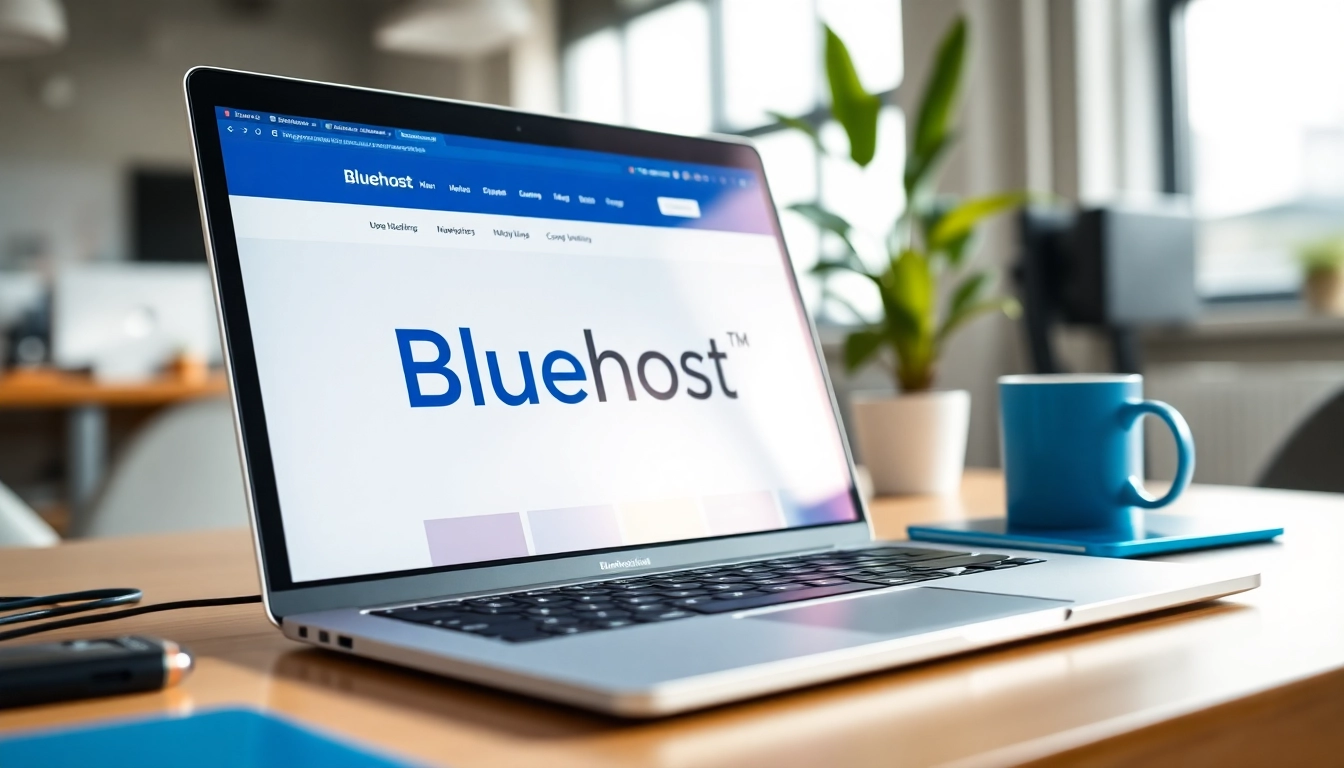1. Understanding the Need for URL Shortener
In an age where digital communication is paramount, the need for efficient link sharing is crucial. The cumbersome nature of long URLs can often lead to user frustration, miscommunication, or disinterest, particularly on social media platforms where every character counts. This is where a URL shortener becomes an invaluable asset. By converting lengthy links into concise, manageable sizes, it streamlines sharing and improves engagement across various platforms.
1.1 The Concept of URL Shortening
URL shortening is the process of transforming a long website address into a shorter, more user-friendly version. This is done through a service that generates a short URL that redirects to the original, longer link. The basic concept is rooted in convenience; shorter URLs are easier to share, type, and remember. This technique often involves maintaining a database where the mapping of long URLs to their shorter counterparts is stored, allowing for seamless redirection.
1.2 Benefits of Using a URL Shortener
Utilizing a URL shortener has several notable advantages:
- Enhanced Aesthetics: Shortened links look cleaner and are visually appealing, making them more likely to be clicked.
- Increased Engagement: Easier-to-read URLs can boost user interaction rates, especially in social media contexts.
- Analytics: Many URL shorteners offer tracking capabilities, allowing users to analyze click-through rates, geographic data, and overall performance.
- Character Count Reduction: Particularly on platforms with strict character limits (like Twitter), short URLs allow users to maximize their message content.
- Link Management: Users can categorize their shortened URLs, making it easy to manage campaigns and track different links.
1.3 Common Use Cases for URL Shorteners
URL shorteners are employed across various scenarios:
- Social Media Posts: Streamlining the sharing process by condensing lengthy URLs in posts.
- Email Marketing: Making emails more visually appealing and easier to read by including shortened links.
- QR Codes: Facilitating the inclusion of links in physical mediums such as flyers, business cards, or posters.
- SMS Marketing: Ensuring space conservation when sharing links in text messages.
- Tracking Marketing Campaigns: Analyzing the effectiveness of specific links shared across numerous platforms.
2. Features to Look for in a URL Shortener
When choosing a URL shortener, it’s essential to evaluate its features carefully to ensure it meets your specific needs. Here are several critical aspects to consider:
2.1 Tracking and Analytics Capabilities
Detailed analytics are crucial for understanding user interaction with your links. A good URL shortener will provide comprehensive data on:
- Click Rate: The number of times the shortened link has been clicked.
- Geographic Location: Information on where your clicks are coming from.
- Device Information: Insights into whether clicks occur on mobile, desktop, or tablet.
- Referrals: Identifying which sources are driving traffic to your links.
2.2 Customization Options for Branding
Customization is vital for maintaining brand identity. The best URL shorteners allow users to create branded short links that reflect their company’s name or campaign. This feature can increase trust and recognition among users. Look for options to:
- Create a custom short domain.
- Modify the end part of the short URL for better alignment with specific content or campaigns.
- Include UTM parameters for enhanced tracking.
2.3 Integration with Social Media Platforms
An effective URL shortener should seamlessly integrate with various social media platforms. This helps streamline the sharing process directly through the platforms users engage with most. Ensure that the selected tool:
- Supports direct sharing options to platforms like Facebook, Twitter, and LinkedIn.
- Facilitates scheduling posts with embedded links.
- Makes it easy to manage social media campaigns directly from the link shortener interface.
3. Popular URL Shorteners Explained
As the demand for URL shortening increases, numerous services have emerged. Each service may offer unique features, pricing models, and target demographics. This section analyzes a few popular services, focusing on their key characteristics.
3.1 Key Characteristics of Leading Services
Leading URL shorteners are distinguished by specialized features and functionality. Key characteristics include:
- User-Friendliness: Easy navigation and straightforward link creation processes.
- Custom Tracking: Enhanced options for tracking and analytics beyond standard click tracking.
- Link Management: Ability to categorize, edit, or delete links as needed.
- Integration Capabilities: Compatibility with other marketing tools and platforms.
3.2 Comparing Pricing and Features
Pricing structures can vary significantly among URL shortening services. While many offer free basic plans, premium features such as advanced analytics, customization, and increased link management capabilities usually require a paid subscription. It’s essential to compare:
- Free vs. paid service features.
- Subscription plans based on user needs.
- Value of unique features such as branded links or enterprise solutions.
3.3 Case Studies of Successful Implementations
Understanding how different organizations utilize URL shorteners can illustrate their effectiveness. Typically, businesses employ these services in a variety of contexts:
- Event Promotions: Companies often use shorter links in promotional materials for better engagement and easier tracking of attendance.
- Email Campaigns: Brands enhance their click-through rates by incorporating shortened links in newsletters.
- Social Media Strategy: Campaigns that employ unique short links see much higher user interaction than standard methods.
4. How to Effectively Use a URL Shortener
Once you’ve chosen a suitable URL shortener, effective usage is key to gaining all the benefits it can offer. Below are essential steps and best practices that can help maximize the value of shortened links.
4.1 Steps to Create a Shortened URL
The process of creating a shortened URL is generally straightforward. Follow these steps:
- Select a URL shortener service that meets your needs.
- Paste the long URL into the designated space.
- Customize the link if the option is available.
- Click the ‘Shorten’ button to generate the new link.
- Copy and use the shortened URL as needed in your communications.
4.2 Best Practices for Sharing Short Links
To ensure maximum impact when sharing shortened URLs, adhere to the following best practices:
- Contextual Sharing: Always share links in a relevant context. Provide users with a reason to click on them.
- Monitor Performance: Regularly check analytics to see which links are performing well and which aren’t.
- A/B Testing: Utilize different shortened URLs across various channels to determine the most effective options.
4.3 Monitoring Performance Metrics
After launching your links, monitoring their performance is crucial to understanding engagement levels. Focus on:
- Click-through rates over time.
- User demographics to tailor future content.
- Identifying and replicating successful campaigns based on metrics.
5. Future of URL Shortening Services
The landscape of URL shortening is continuously evolving, with technological advancements shaping its future. Understanding these developments can help users prepare for changes in how links will be created, shared, and analyzed.
5.1 Technological Advancements on the Horizon
As digital technologies advance, URL shortening will likely benefit from improvements such as:
- AI Integration: AI-driven tools that can analyze link performance in real-time and provide insights.
- Enhanced Customization Options: Brand-specific features will become more accessible, allowing for hyper-personalization.
- Increased Security Measures: Innovative solutions to address fraudulent link usage and improve user safety.
5.2 Emerging Trends in Link Sharing
The way individuals and organizations share links is changing. Key emerging trends include:
- Content Marketing Integration: Shortened links being integrated more seamlessly into content marketing strategies.
- Social Engagement: Leveraging interactive content alongside shortened links to increase user engagement.
- Cross-Platform Sharing Efforts: Utilizing different channels effectively to share links tailored for specific audiences.
5.3 Addressing Security Concerns in URL Shortening
As link shortening becomes more widespread, so do security concerns related to malicious links. Future services must focus on:
- Verification Tools: Features that allow users to verify the destination of shortened links before clicking.
- Secure Protocols: Implementing strong security measures to safeguard users against spam and harmful content.
- Responsive Customer Support: Ensuring that platforms can quickly address any security breaches or user concerns.













Leave a Reply